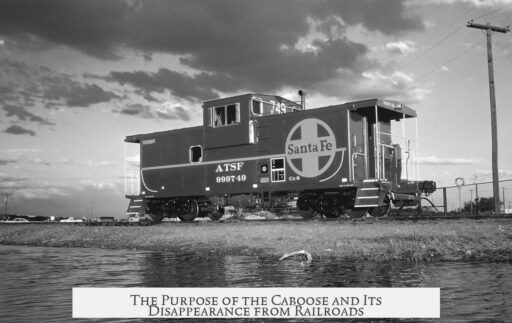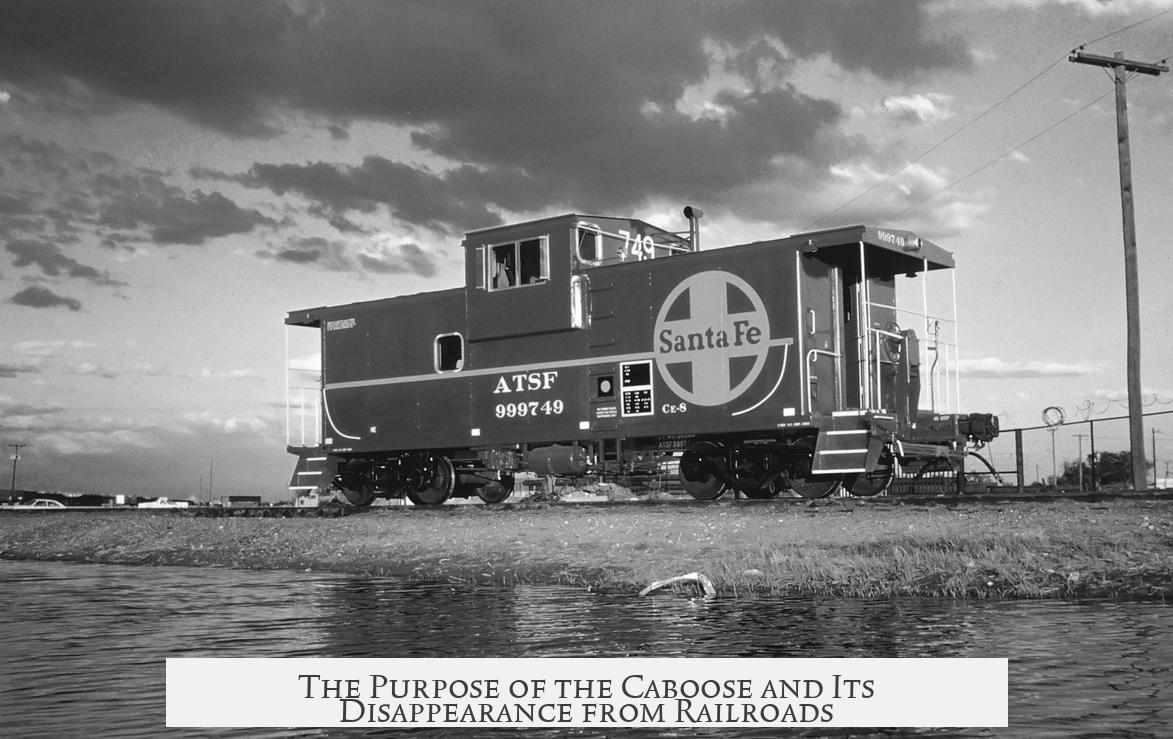The purpose of the caboose was to serve as a mobile living space, observation post, and operational hub for train crews. It provided resting quarters, space for paperwork, and a platform to monitor the train’s condition and assist with braking operations. Over time, technological advances and cost reduction led to its disappearance from modern trains.
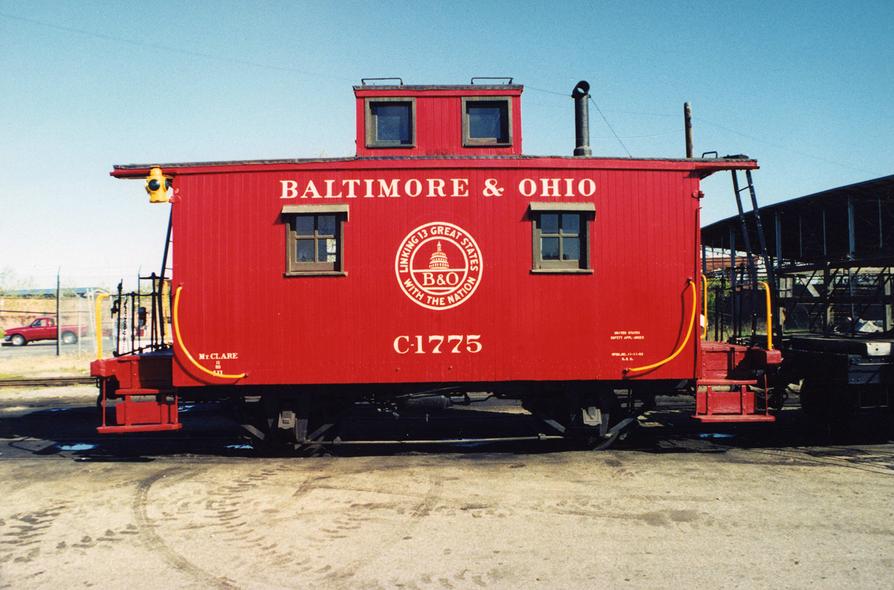
The caboose was equipped with beds, a table, chairs, storage, and a stove. This allowed train crew members to rest or eat while on long trips. Early trains required brakemen to climb atop cars and manually apply brakes, with one brakeman working from the engine and another from the caboose end. The caboose contained an air brake pressure gauge, allowing crew members to verify correct operation.
Observation was a key role for those in the caboose. Positioned with a cupola or bay windows, crewmen could watch for issues such as “hot boxes,” where wheel bearings overheated, risking derailment. Additionally, if the train broke down, crew members could quickly deploy warning flares from the rear, safer and faster than reaching back from the locomotive.
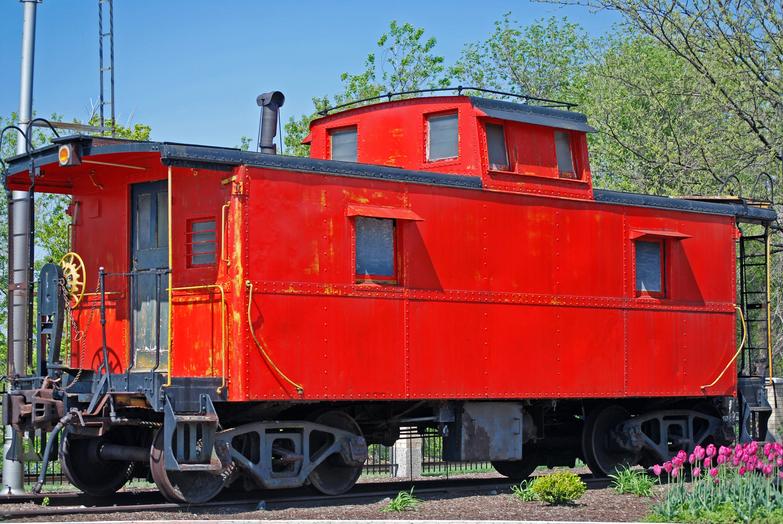
The caboose also provided the conductor with space to complete paperwork related to train operations and cargo. This centralized work area enabled smoother management of the train.
By the mid-20th century, the caboose began to vanish for several reasons:

- Improved Braking Systems: Air brakes became automated and reliable, reducing the need for manual brake application from a caboose.
- Roller Bearings: These greatly reduced the risk of hot boxes, limiting the need for continuous visual inspection from the caboose.
- Trackside Detectors: Electronic systems replaced human observation for detecting mechanical problems.
- Diesel Locomotives: New engines provided more space and better conditions for crew members, shifting work away from the caboose.
- Telemetry Devices: These allowed remote monitoring of brake pressure and car movements, removing the conductor and crew from the risky rear of the train.
- Cost and Crew Reduction: Cabooses were expensive to maintain and operate. Smaller train crews also reduced the need for a dedicated living car.
Safety concerns influenced this shift too. Slack in couplings could cause jerky movements when starting a train, making the caboose a less safe place for crew members. As the conductor’s role evolved, moving paperwork and supervision into the locomotive cab became practical and more secure.
The caboose is now largely obsolete in modern railroading. Many former cabooses are preserved as historical artifacts or converted into stationary offices, museums, or accommodation. Their disappearance reflects advances in technology, safety, and cost efficiency in train operations.
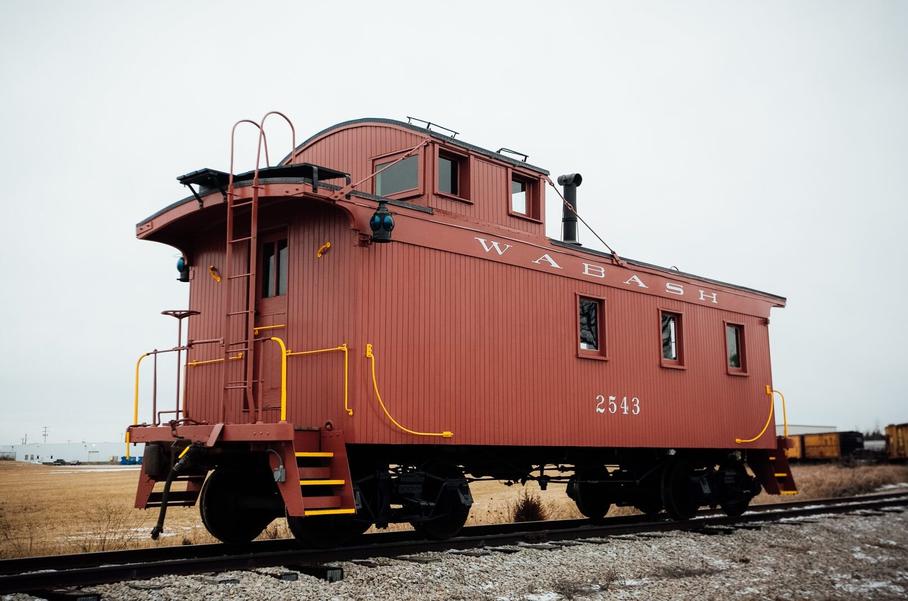
- Cabooses served as living quarters and observation posts.
- They helped with manual braking and brake pressure verification.
- Technological advances replaced many caboose functions.
- Cost, safety, and reduced crew needs led to their phase-out.
- Today, cabooses exist mainly as historical displays or repurposed structures.
What Was the Purpose of the Caboose and Where Have They Gone?
The caboose once served as the vital nerve center at the end of a freight train, offering a space for crew to live, work, and keep watch—but those colorful cars have now largely vanished from modern railroads. Why did railroads rely on them? What replaced them? Let’s unpack this bit of railroad history and find out what happened to the caboose.
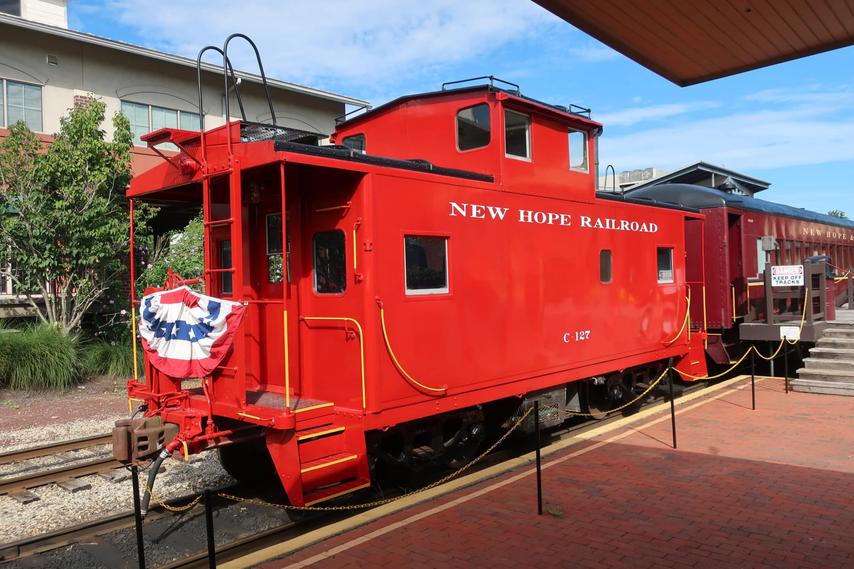
If you’ve ever seen a classic freight train, you might notice a small car at the very end with windows sticking out like binoculars. That’s the caboose. For decades, it was *the* place where the train crew rested, observed the train, and handled critical tasks. But those roles have changed dramatically over time.
The Handy Home on Rails: What Did a Caboose Do?
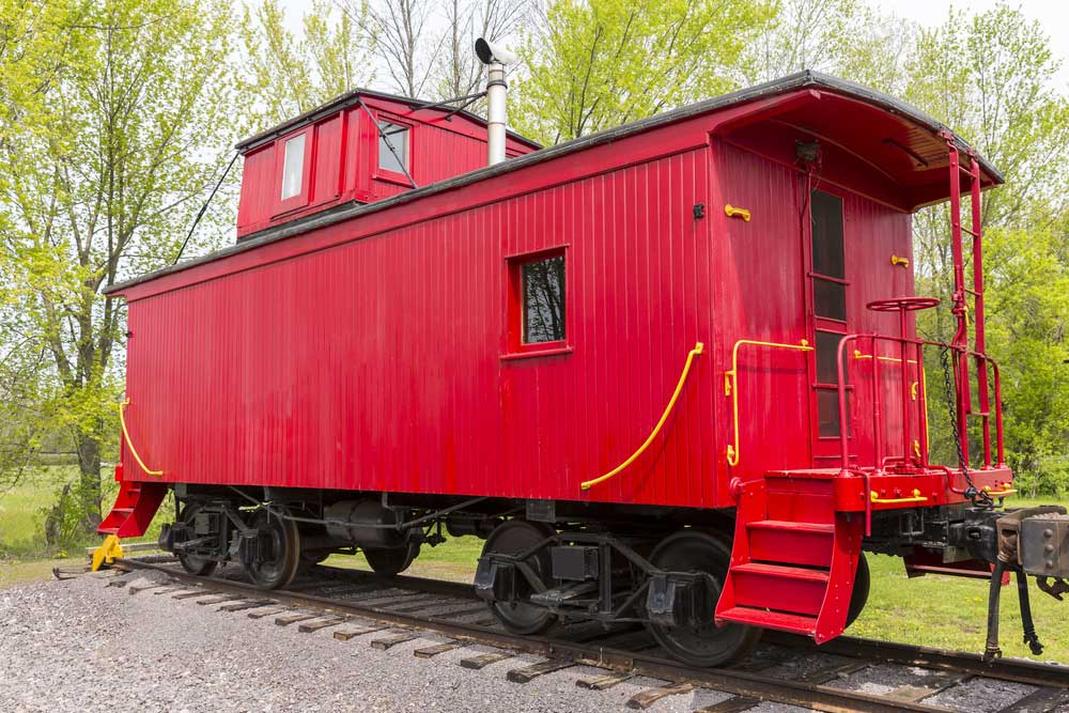
Think of the caboose as a mobile home office and lookout tower combined. Inside, it contained a few beds, a stove for warmth and cooking, a table and chairs for meals or paperwork, and storage space for spare parts. Train crews—especially conductors and brakemen—depended on it for rest and work during long hauls.
Before modern air brakes, stopping a train was a risky, hands-on job. Brakemen climbed atop train cars, turned large brake wheels by hand, and quickly moved from car to car to slow the whole train down. One brakeman worked from the engine backward, while the other started at the caboose and moved forward. It was dangerous work, and the caboose served as a coordination spot at the tail end.
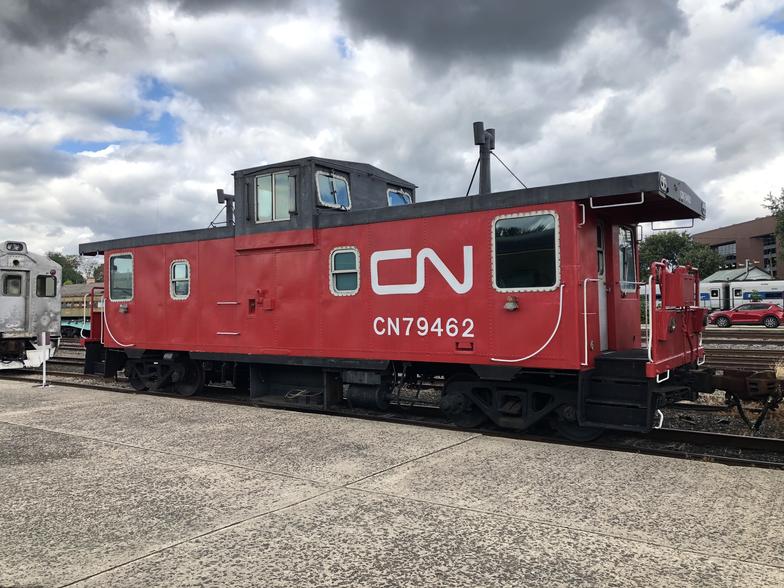
The caboose also had a vital safety role. It housed gauges that allowed the crew to verify air brake pressure—making sure the train would stop when it was supposed to. It provided the conductor a place to do their paperwork. The elevated cupola or bay windows let the crew keep an eye on the train, spotting issues like ‘hot boxes,’ where wheel bearings overheated and could cause disaster.
And here’s a fun fact: if the train broke down, crew members could easily dash back along the tracks to drop warning flares behind the train. This was far safer and quicker than having to rely on the engineer at the locomotive, who might be a mile or more ahead.
So, Why Did Cabooses Disappear? The Decline and Fall
As trains and technology improved, the caboose slowly became obsolete. Let’s break down the reasons:
- Better Braking Systems Cut Crew Size: Modern air brakes simplified operations. Trains moved with fewer crew members, making a dedicated caboose crew unnecessary.
- The Price Tag Was Painful: Owning and maintaining cabooses was expensive. Railroads always look to trim costs, and cutting cabooses helped save big bucks.
- Technological Leapfrogging: Roller bearings reduced hotbox incidents by the 1960s, so fewer eyes needed to watch for overheating parts. Trackside detectors now scan trains constantly for problems, doing a caboose’s job without blinking.
- Diesel Locomotives Offered More Space: Diesel engines provided better crew comfort at the front end, making the rear cabin redundant.
- Telemetry Took Over Monitoring: Digital devices now instantly track brake pressure, car movement, and signals from the locomotive. Crew can spot problems from the driver’s seat.
One safety concern that didn’t help the caboose’s case: imagine a hundred-car train, each coupling slacking slightly. When a train goes from zero to ten miles per hour, the jerkiness can be brutal, making the ride in the caboose far from comfortable.
On top of that, the conductor’s job itself changed. Paperwork shifted to electronic systems inside the locomotive cab, which is far safer than being at the rear.
What Happened to the Caboose Cars? Are They All Gone?
While the caboose is no longer part of regular freight trains, they haven’t disappeared completely. Some have found new life in museums, tourist railroads, or as quirky homes and offices. Railroad enthusiasts sometimes restore and operate them on heritage lines — because who wouldn’t want to ride in a mobile lookout tower with a stove?
In places, they serve as educational tools, showing visitors how railroad workers lived and worked. For others, the caboose is a piece of Americana nostalgia, evoking a time when railroading required boots-on-the-cars grit, not just computer monitoring.
If you ever catch a glimpse of a caboose on a train today, consider it a rare treat and a nod to history. Railroads embraced innovation, but there’s a something charming about the caboose’s role as the “eyes in the back of the train.”
What Can We Learn from the Caboose’s Story?
The caboose’s journey from essential to museum piece reminds us how innovation changes work—and sometimes sends long-standing traditions into retirement.
- It shows how safety improvements can reduce the need for risky manual work.
- Technology can streamline operations but also change the social fabric of jobs.
- And it points out how cost pressures push industries to reinvent themselves.
Next time you see a train, ask yourself: Does knowing about the caboose make you appreciate what happens behind the scenes? It might make railroading feel less like a mysterious black box and more like a story of real people doing tough, vital jobs.
So, the next time you wonder, “What was the purpose of the caboose and where have they gone?”—now you know. The caboose was the crew’s home, lookout, safety station, and office all rolled into one. They’re gone because trains evolved, but their tale chugs on in rail history.
